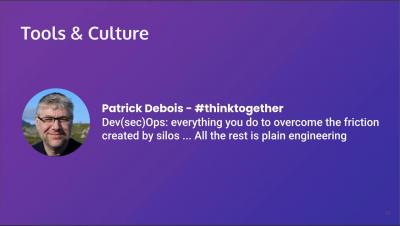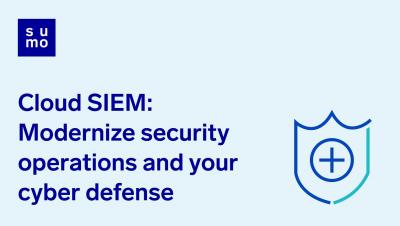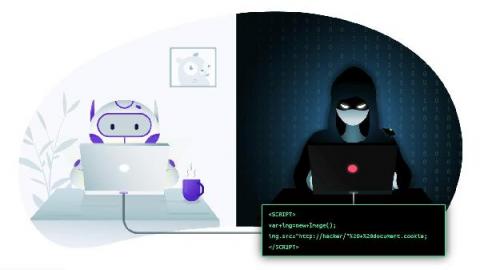Cybersecurity strategy.... To Plan or not to plan...That is the question
What is a strategy? As defined by Merriam Webster…. ‘a carefully developed plan or method for achieving a goal or the skill in developing and undertaking such a plan or method.’ A cybersecurity strategy is extremely important, but many organizations lack a strategy, or they have not kept their strategy and subsequent roadmap current. A strategy is especially important in this day of digital transformation and for key initiatives like Zero Trust.











